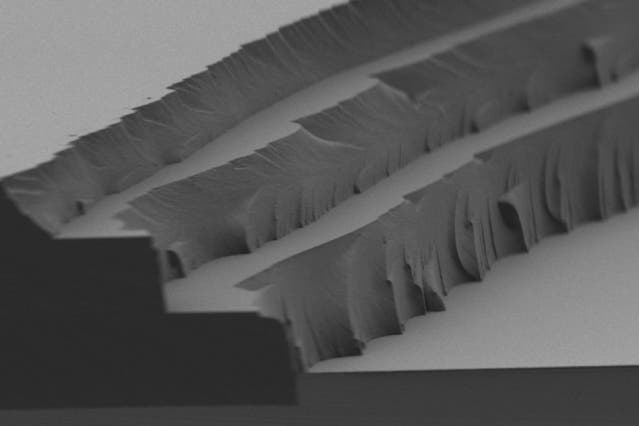A team of researchers from MIT created a material that can make use of solar energy in a novel way, absorbing heat and releasing it later, when needed. The researchers led by MIT Prof. Jeffrey Grossman published their results in the journal Advanced Energy Materials.

Heat will inevitably dissipate sooner or later, no matter how you try to store or insulate it. The key here is to store the energy in a chemical form instead of directly storing the heat; they used a molecule that can remain stable in two different configurations. When exposed to sunlight, the energy of the light kicks the molecules into their “charged” configuration, in which they can remain for several hours. After a certain stimulus, they can revert to their initial state, giving off the heat they stored in the process. Such chemical materials are called solar thermal fuels (STF) and have been developed in the past, but this materials seems to overcome some of the limitations of past achievements.
“This work presents an exciting avenue for simultaneous energy harvesting and storage within a single material,” says Ted Sargent, university professor at the University of Toronto, who was not involved in this research.
The manufacturing process is also simple and scalable, and the material they ended up is transparent, which means it can be used to defrost windshields or windows – something especially important as BMW is one of the sponsors for this research.
With such a window, energy would be stored and at a simple trigger, released to de-frost the windshield.
“We did tests to show you could get enough heat to drop ice off a windshield.”
He went on to explain that you don’t need to melt all the ice, just the ice that’s closes to the glass – the rest of the ice will simply slide on that layer. The technology could be extremely useful for electric cars, who lose much of their autonomy (up to 30%) in cold conditions.
“The approach is innovative and distinctive,” says Sargent, from the University of Toronto. “The research is a major advance towards the practical application of solid-state energy-storage/heat-release materials from both a scientific and engineering point of view.”
Was this helpful?



